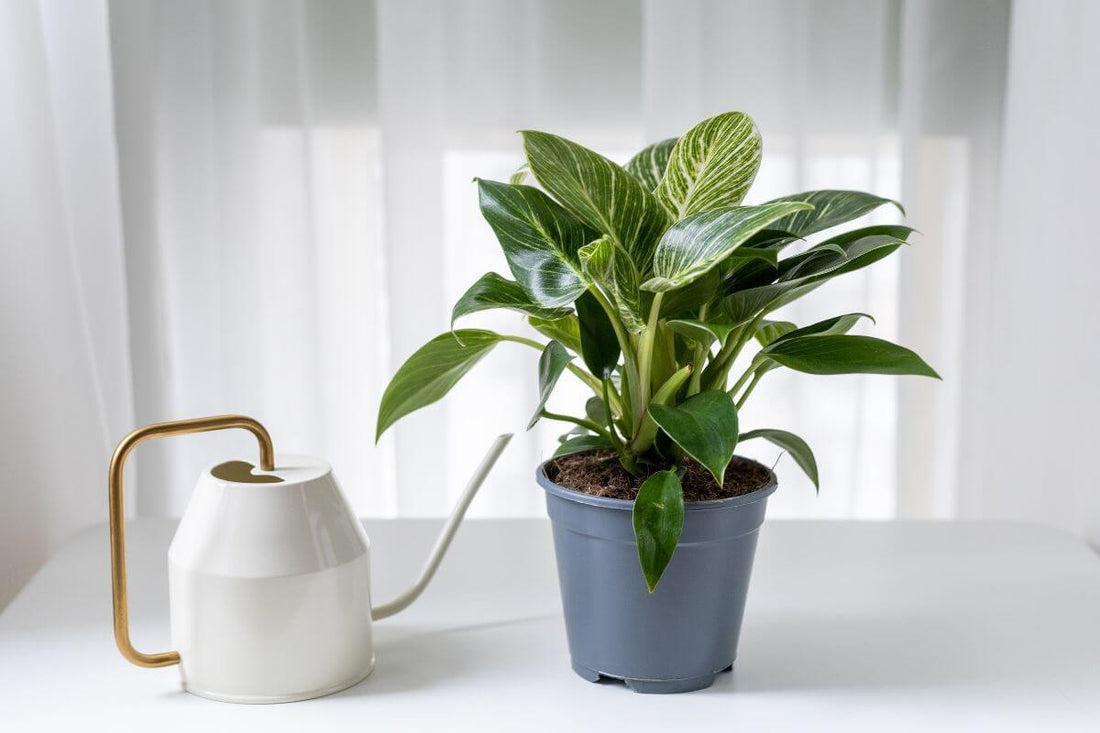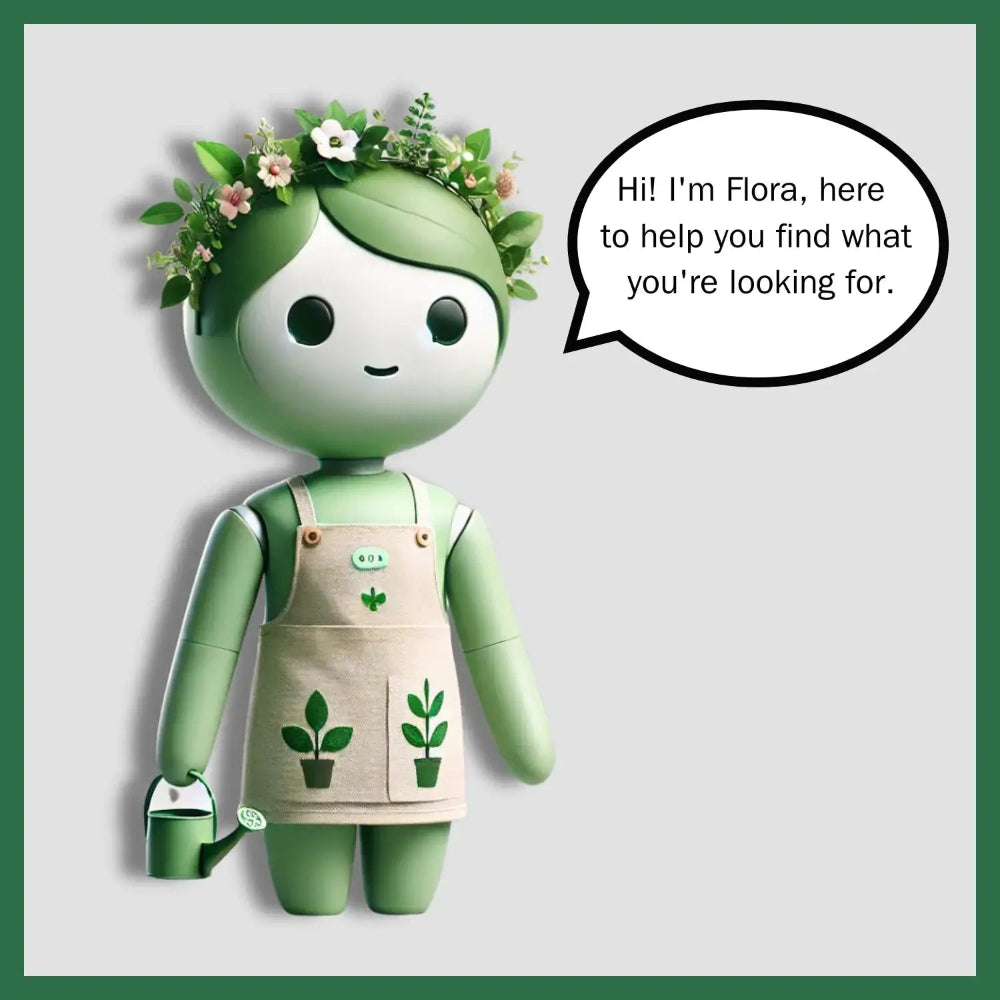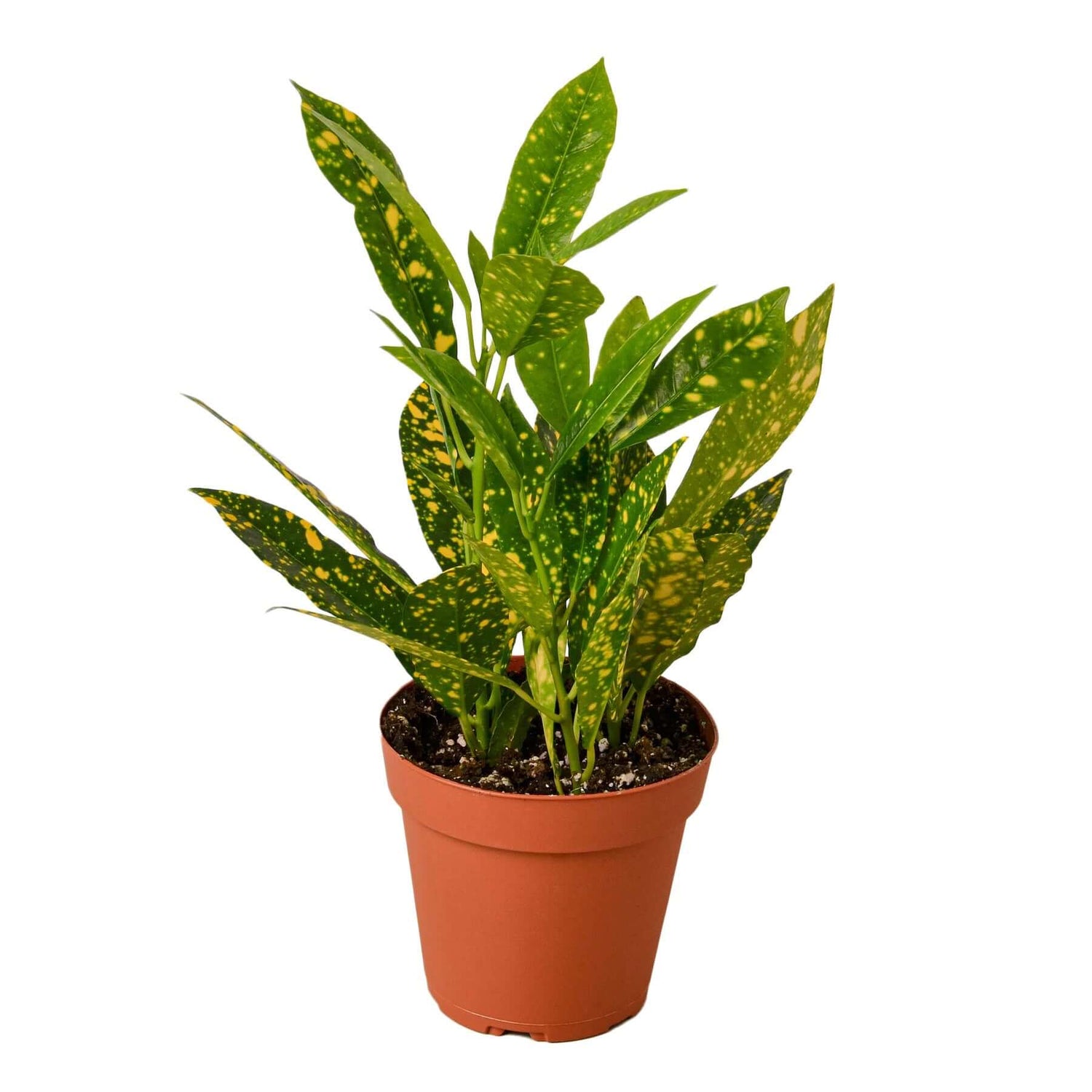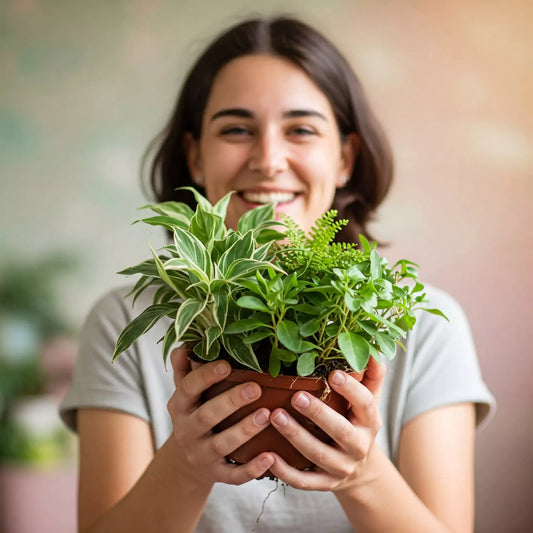Welcome back to 'All About Planties'! 🌿 Watering indoor plants might seem like a straightforward task, but getting it right is crucial to keeping your green friends happy and thriving. Whether you're a seasoned plant parent or a beginner, understanding the nuances of watering can make all the difference. In this guide, we’ll break down the essentials of how to water your indoor plants correctly, ensuring they stay healthy and vibrant.
Understanding Your Plant's Watering Needs
Every plant has unique watering requirements based on its species, environment, and growth stage. Here's how you can assess and meet those needs:
-
Plant Type: Succulents and cacti need infrequent watering, while tropical plants prefer consistent moisture. Ferns, on the other hand, thrive in high humidity and require frequent misting.
-
Growth Stage: Young plants or newly repotted ones often need more water as they establish roots. Mature plants might require less frequent watering but in larger quantities.
-
Environment: Factors like light exposure, temperature, and humidity in your home will affect how quickly your plant’s soil dries out. Plants near windows or in warmer rooms might need more frequent watering.

The Golden Rules of Watering
While each plant has its specific needs, these general rules will help you water your indoor plants correctly:
-
Check the Soil: Before watering, always check the soil moisture level. Stick your finger about an inch into the soil—if it feels dry, it’s time to water. For plants that prefer drier conditions, wait until the soil is completely dry.
-
Water Thoroughly: When you water, do so thoroughly. Water until you see it draining out from the bottom of the pot. This ensures the roots receive adequate moisture and prevents salt build-up in the soil.
-
Drainage is Key: Ensure your plant pots have drainage holes. Stagnant water can lead to root rot, one of the most common causes of plant death. If your pot doesn’t have a hole, consider repotting or using a pot with better drainage.
-
Use the Right Water Temperature: Room-temperature water is best for most plants. Cold water can shock the roots, while hot water can damage them.

Watering Techniques for Different Plant Types
Different plant types require different watering techniques. Here's how to tailor your watering routine:
-
Succulents and Cacti: These plants thrive on neglect. Water them sparingly, letting the soil dry out completely between waterings. Use the "soak and dry" method—water thoroughly, then leave them alone.
-
Tropical Plants: Tropical plants like Monstera and Philodendron prefer consistent moisture. Water when the top inch of soil feels dry, and consider using a humidity tray or misting the leaves to replicate their natural environment.
-
Ferns: Ferns love moisture and humidity. Keep the soil evenly moist and mist the leaves regularly to prevent them from drying out, especially in drier indoor environments.
-
Orchids: Orchids are unique in their watering needs. Water them sparingly, letting the orchid mix dry out between waterings. Avoid letting water sit in the crown of the plant to prevent rot.

Common Watering Mistakes to Avoid
Avoid these common mistakes to keep your indoor plants healthy:
-
Overwatering: This is the number one killer of houseplants. Always let the soil dry out slightly before watering again, especially for plants that prefer drier conditions.
-
Underwatering: On the flip side, neglecting to water plants that need consistent moisture, like tropical plants and ferns, can lead to wilted leaves and stunted growth.
-
Using the Wrong Pot: Pots without drainage holes can cause water to stagnate at the bottom, leading to root rot. Ensure your pots have adequate drainage.
-
Ignoring Environmental Changes: Changes in temperature, light, and humidity can affect how quickly your plants use water. Adjust your watering schedule with the seasons.
Signs Your Plants Need Water
Sometimes, your plants will show signs that they need water:
- Wilting Leaves: This can be a sign of both under and overwatering. Check the soil to determine the cause.
- Yellowing Leaves: Often a sign of overwatering, but can also indicate nutrient deficiencies.
- Dry, Crispy Leaf Edges: This usually means the plant is not getting enough water or humidity.
Final Thoughts
Watering your indoor plants correctly is the foundation of good plant care. By understanding the specific needs of each plant type and following the tips outlined in this guide, you’ll be well on your way to a thriving indoor garden. Remember, when in doubt, it’s better to underwater than overwater. Your plants will thank you for it. For more plant care tips and products, visit our shop and join our community at 'All About Planties'.
Happy watering! 🌱











